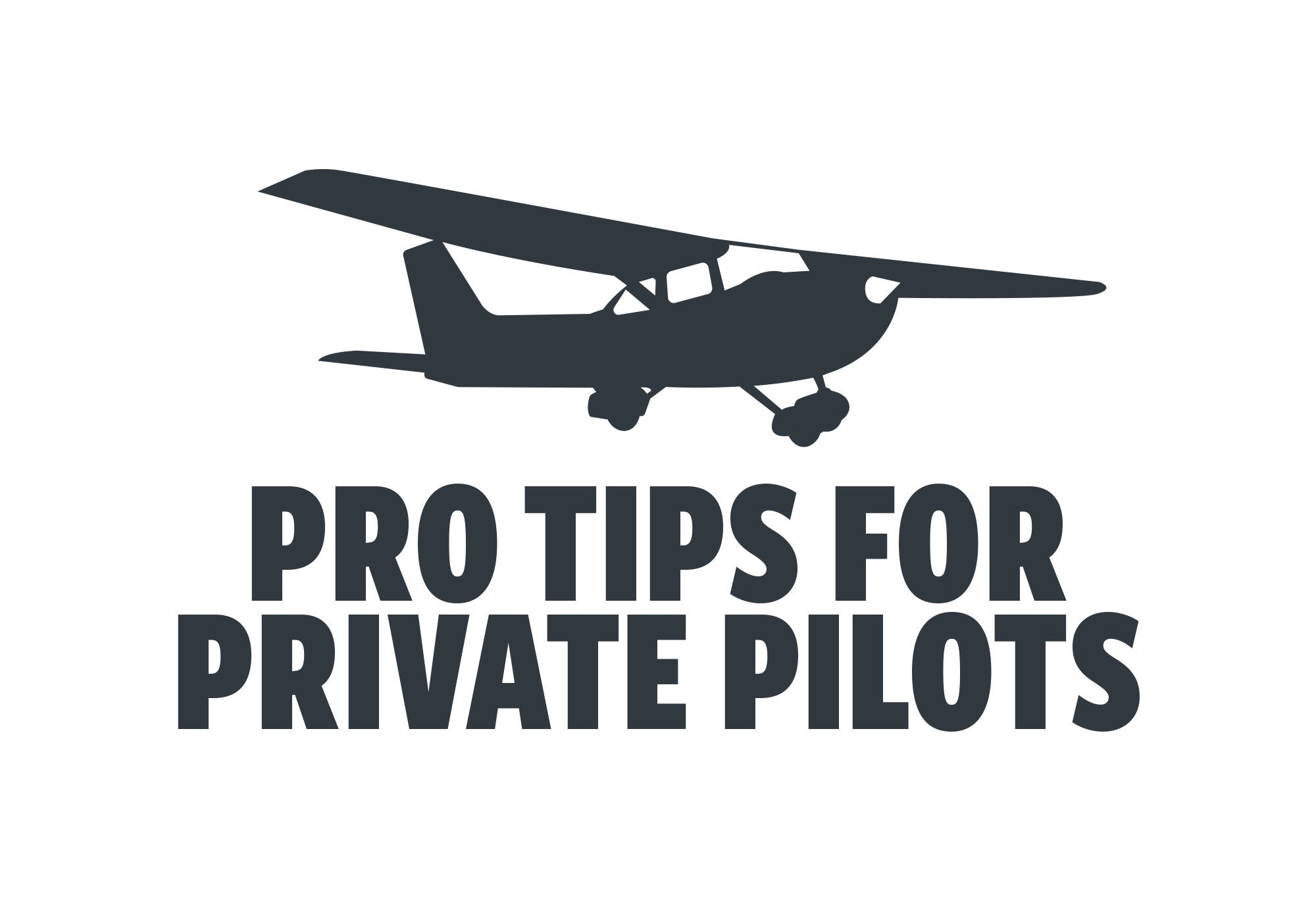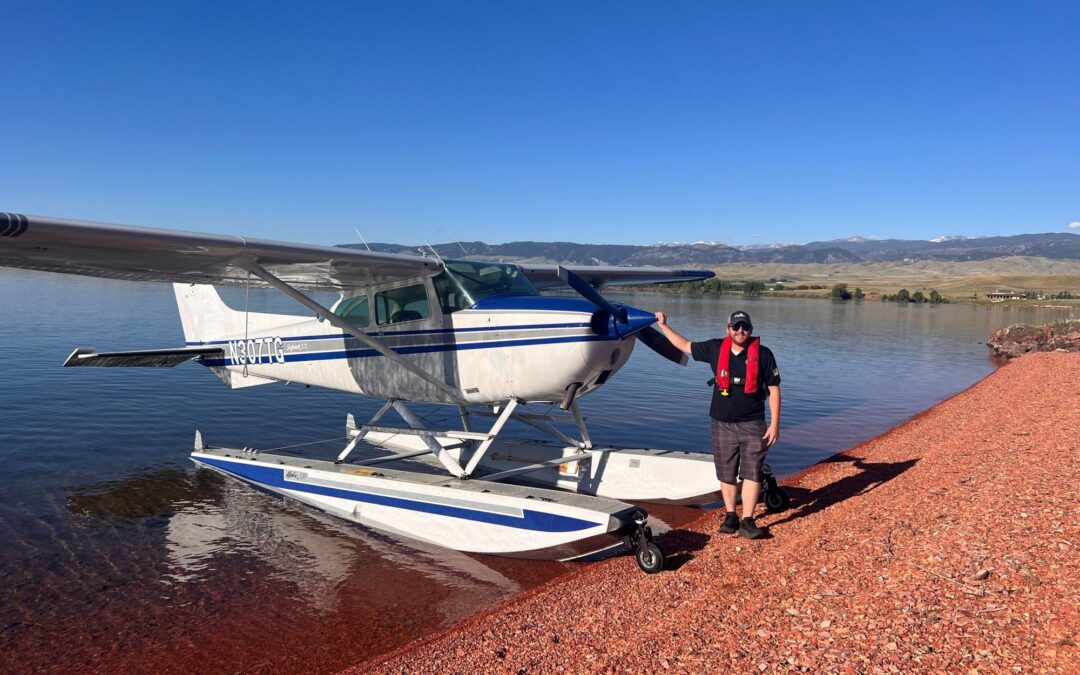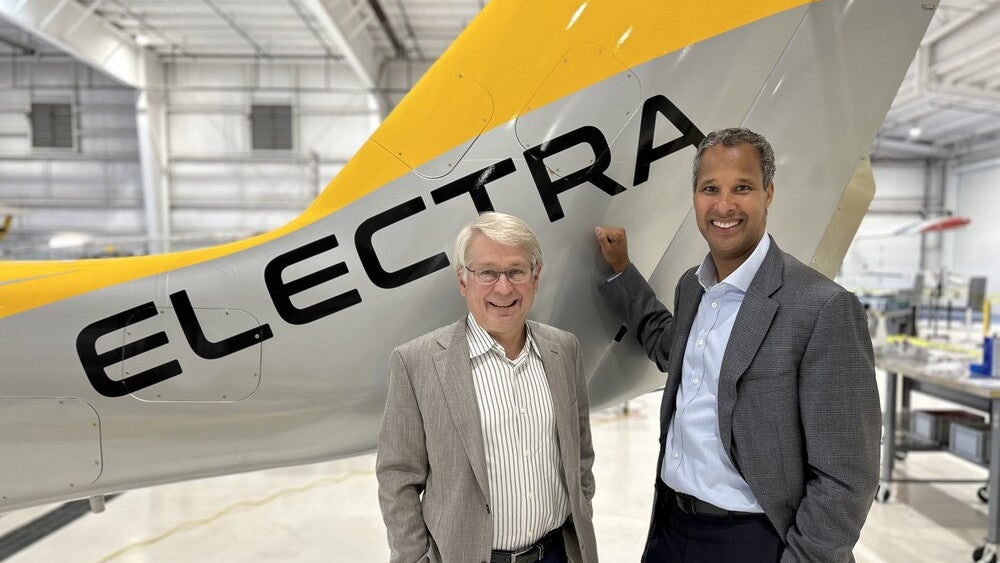Back in the early days of jet airliners, pilots long experienced in more forgiving two- and four-engine, piston-powered prop planes found themselves running out of airspeed, altitude, and ideas on the final approach to landing.
The result was either an overshoot as the pilot attempted to make a large correction or an undershoot due to the slow acceleration of early jet engines. Several of these unstabilized approaches resulted in major aircraft damage or worse. Flash-forward 60 years to today, and the airline landing incident or accident is as rare as the proverbial hen’s teeth.
So, what happened?
Well, for sure the training of pilots in swept-wing jets has improved dramatically, and the aircraft, runway environment, and approach aids have all made significant leaps forward. However, the capstone of all these efforts was the adoption of stabilized approach criteria and procedures on every approach and landing. Hmm, that is well and good for the jet jockeys, but how does that apply to me in my little 180 hp, four-seat, piston-powered dream machine?
The current record of safe landings is strong in the airlines, but the same can’t be said for us down here in general aviation land. The No. 1 cause of GA accidents and incidents remains loss of control (LOC), most often on landing. GA pilots find time-tested and more creative ways to skitter off the side of the runway, land short of the threshold, or slide off the far end with the brakes smoking and tires squealing. And let’s face it, we all can remember a time when our approaches and landings might have been much better.
In preparation for the yearly pilgrimage to Oshkosh, Wisconsin, I like to spend time on YouTube watching the video compilations of pilots landing at Wittman Regional Airport (KOSH) during EAA AirVenture. To be frank, it’s a mixed bag. Some pilots soar like eagles to a smooth touchdown, and others settle to the runway like wounded turkeys.
It’s a high-pressure environment. The pilots have spent the last couple of hours complying with the AirVenture notice, locating Ripon, Fisk, and a bunch of new fixes, dodging traffic, and then attempting to land on that darned yellow dot halfway down the runway. Oh, and all the while the whole world is watching. No pressure. I remind myself that there, but by the grace of God and Daniel Bernoulli, go I.
Watching these landings that terminate at various locations down the runway, I can’t help but think we might all benefit from the stabilized approach procedures that have made our friends in the airlines so successful.
So, What Is a Stabilized Approach?
The answer to this question depends on who you ask. The FAA defines a stabilized approach as “one in which the pilot establishes and maintains a constant angle glide path towards a predetermined point on the landing runway.”
Seems simple enough. Didn’t our CFI drill this into us on every flight while we were earning our private pilot certificate? Our friends at the Flight Safety Foundation take the definition of a stabilized approach a bit further and specify that all briefings and checklists have been completed, sink rates are no more than 1,000 feet per minute (for jets), and only small changes in pitch, power, and heading are required to maintain the planned descent and touchdown point.
However, an afternoon at the local airport, sitting on the front porch observing landings, is a good reminder that GA pilots often fly a variety of glide paths, aim points, and speeds, sometimes on the same approach.
And one more thing. Most airlines require that the pilots verbalize that these criteria have been met by 1,000 feet above the runway elevation on instrument approaches or 500 feet above on visual approaches. In fact, the verbal callout “stabilized” is part of the checklist. If these criteria are not met, the crew is encouraged to initiate a go-around. Better to explain an unplanned go-around than to write a big check for a banged-up airplane, or worse.
This level of procedure and discipline is admirable, and we might all just learn a bit from it. To learn how, let’s head back to Wisconsin in late July.
Land on the Yellow Dot
Both AirVenture and the Sun ’n Fun Aerospace Expo in Lakeland, Florida, use a time-tested procedure that requires pilots to land on brightly colored “dots” on the runway. These dots are spaced about 1,000 feet apart to provide safe and legal separation of landing aircraft. So far, so good.
If you watch the YouTube videos of AirVenture landings, you immediately notice that the best ones are performed by pilots who fly a constant 3-degree-approach angle to the colored dot they have been assigned, then make a normal flare and landing. Their airplane has just the right amount of energy, and the picture they see as they flare might as well be the same as their home airport.
The more interesting landings (not in a good way) nearly always result when the pilot executes their approach to a point closer to the runway threshold then attempts to fly down the runway with power until they arrive over the assigned dot. Once there, the power comes off, and often the airplane settles unceremoniously to the runway in what can best be described as an “arrival” rather than a “landing.” This unstabilized approach procedure is not what the tower controllers are looking for and is not good for the landing gear, tires, brakes, or pilot ego. Add in some crosswind and turbulence from preceding aircraft, and these arrivals can get a bit hairy.
It turns out that airplanes generally do not like to hang on their propeller, just above stall speed and well behind the power curve, for long periods of time. When the power is reduced, they are more than glad to drop to the runway like homesick bricks. This definitely does not meet the FAA description of a stabilized approach and landing.
OK, What Is a Thinking Pilot to Do About All This?
The stabilized approach concepts from our airline colleagues actually translate very well to us down here in GA land. However, our criteria for making decisions might be a little different.
The FAA publishes a great two-page flier titled “Stabilized Approach and Landing,” which is a must-read for every pilot. It reminds us that just as low, dragged-in approaches are bad, a steeper-than-normal approach has equal potential to cause unsafe touchdowns and landings. In fact, the probability that your approach will be unstable doubles as you increase your final glide angle above the recommended 3-degree glide path.
An airplane on a too-shallow, dragged-in final has very little energy left when it arrives at the runway. However, an airplane on a steep glide path has too much energy, and this can result in an unstable transition to the flare, long touchdown, or float that inevitably leads to a drift off the centerline, or worse.
So, just like we learned in kindergarten from Goldilocks and the Three Bears, we do not want our landing approach to be too hot or too cold, rather just right. And just right turns out to be a 3-degree glide path, configured, on speed, with a stable power setting.
Decisions, Decisions, Decisions
As pilots, we get paid the big bucks to make good decisions. OK, so in the GA world, most of us actually pay the big bucks just to fly, but the requirement to make good decisions remains. In the airline world, the flight crew has to decide if it is “stabilized” by a certain point on the final approach. If it is stabilized, the crew verbalize this and continue. If not, it announces the go-around. Simple as that. Verbalizing the decision clears the air and makes the decision easier.
So, just maybe in our world, we might want to decide when we should be stabilized and what we should do if not. For the sake of argument, our criteria for a stabilized approach might include a 3-degree glide path, on speed, configured, with the GUMP check complete. If we have all that done by 400 feet above the runway, it’s time to land. If any criteria are not met, go around and try again. This procedure has the added benefit of always practicing a stabilized approach, rather than continually reinforcing ways to save an unstabilized one. If we practice the “wrong thing” long enough, it eventually becomes our “right thing.” This is called normalization of deviance, and it should be avoided at all costs.
Putting It All Together
The whole idea behind stabilized approaches is a consistent plan for energy management. The pilot is presented with a consistent landing picture each time and thus has a better framework in which to make good decisions. Verbalizing these decisions at a set time on each approach adds the benefit of procedure and clear communication.
Our friends at the FAA remind us that the earlier we establish a 3-degree glide path, configure the aircraft, set a consistent power setting, and complete our checklists, the more time we will have to impress the folks on the front porch at the FBO with our absolutely brilliant landings. Better to soar like a stabilized eagle than to plunk down on the runway like an unstabilized turkey.
So, get out there and show the airport crowd what an awesome approach and landing looks like. Fly safe!
The post Stabilized Approaches appeared first on Plane & Pilot Magazine.




